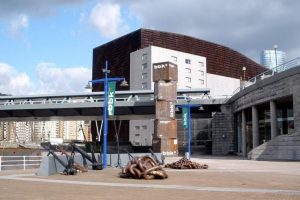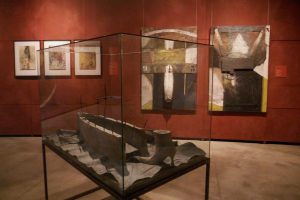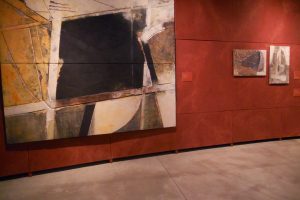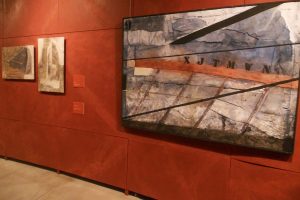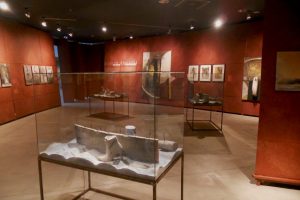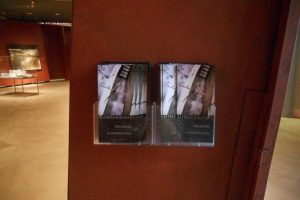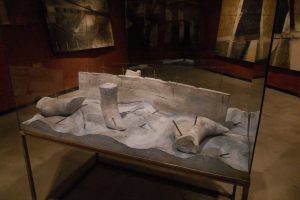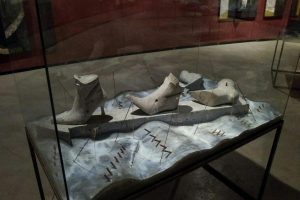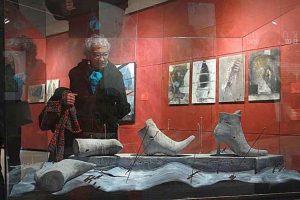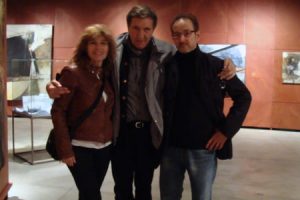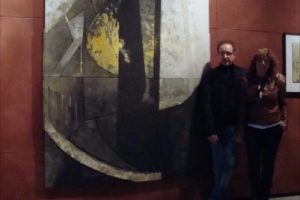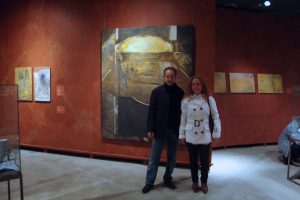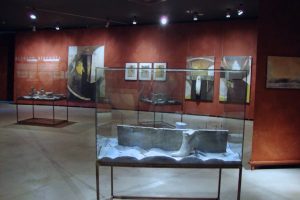
‘THE GRAVEYARD BY THE SEA’ AT THE MARITIME MUSEUM OF THE RIVER OF BILBAO
04/03/12 to 06/10/12
‘The graveyard by the sea’ by Bikondoa docks, this time, at the Maritime Museum of the River of Bilbao, in Bilbao- Bizkaia
‘Aesthetics and poetry of the abyss’, by Álvaro Bermejo (fragment)
(…)
There is something in the work of Alfredo Bikondoa that is repeated in his canvases, in his sculptures, in his installations, and especially in the dioramas that compose his ‘Marine Cemetery’. Among these scenarios of desolation, the ruins of what we were, supernatural a song directed to the conscience. No, it is not a waltz, nor a God save the Queen. We hear the symphony of the depths, which opens with a violin solo, followed by a piano, and then a choir of blue whales, and finally a light. A melodious light, soft, caressing. A light between the rust of all that lies deep within us, as we contemplate it, as it is now, from a reassuring surface. Safe. This installation would not be understood without that interactive game: exterior vision, from the surface, and inevitable immersion in that glass abyss that sucks us to the roots of our being. “The wind rises!” Writes Valery, “let us try to live!” Bikondoa invites us to do it walking on the water, without nostalgia for what is behind. Only that naked look that covers a submerged world, but also a transparent, habitable, almost breathable sea. The same which, according to Genesis, is Promise, Election and Covenant, the Origin of All. Alpha and Omega, therefore, Final and Principle, the Marine Cemetery understands in its poetics a very accurate analysis, both of the present world and of each one of us. Let us dive without fear in its deep waters, let us walk among the skeletons of the great transatlantics that we were. The Titanic and the Nautilus are there. But also the burden of a life that for too long sailed. It is enough to desire it so that a new time appears on the keel, to the bottom of the horizon. Beauty is the magic word. Paul Valery would say he rhymes with Innocence. Pronounce them only once and you will see that it is also possible to breathe at the bottom of the sea. There is life beyond the submerged rust. There is a new sky that announces itself among the ruins. Even severely damaged by the shell of the crisis, the ship that takes us will continue to sail. “E the ship is going,” said Federico Fellini. We no longer care about the place of destiny. After a shipwreck like ours, the only important thing is to continue the journey. Through the work of Alfredo we have discovered that sinkings, wrecks and losses, also prove an unsinkable poetic. The strictly necessary to get afloat again, and keep sailing in search of another sea that, after all, has never ceased to be the dark and luminous interior of ourselves.

